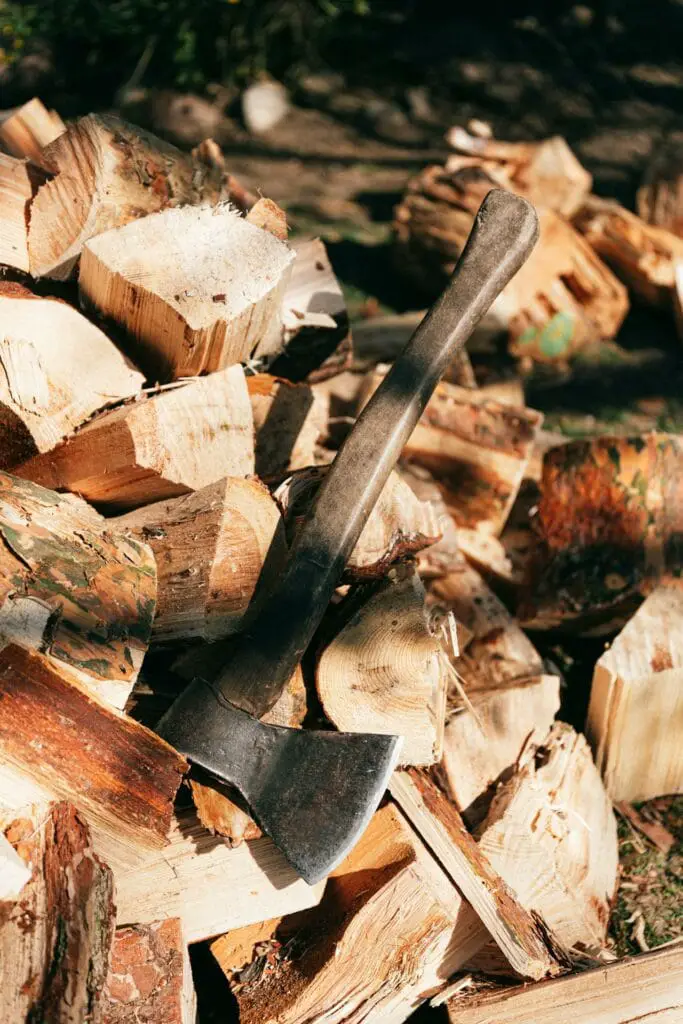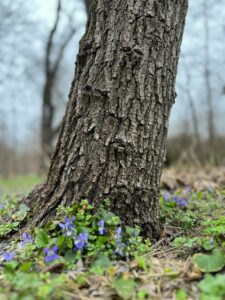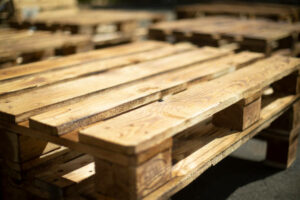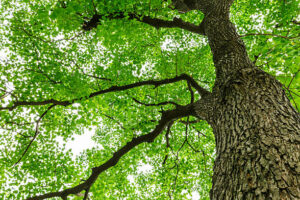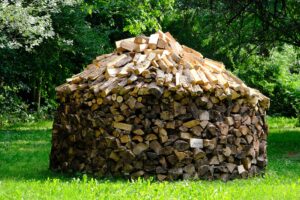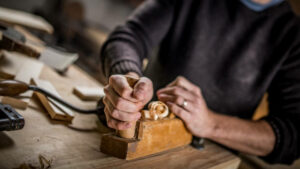Woodcut is an ancient form of printmaking that uses knives to carve an image into the surface of a block. Depending on how the block is cut, it can result in different grain patterns and colors.
There are four basic types of woodcuts, which can vary in appearance and price. This article will discuss these 4 different kinds of woodcuts, as well as some natural characteristics that come with each type of woodcut.
Plain Sawn
Plain-sawn lumber, also known as flat-sawn, is the most common milling method producing the most widely available lumber. With plain sawn lumber, the annular rings are at a 30-degree angle or less to the face of the board, resulting in a grain pattern that resembles the cathedral grain pattern patterns.
Although plain-sawn lumber is easy to acquire and offers a beautiful aesthetic, it is not dimensionally stable. As the wood shrinks and swells with changes in humidity, the tangential grain tension can cause the board’s end grain to cup, twist, or bow.
Rift-sawn lumber is milled from a log that has been divided into quarters, each of which is then plain-sawn. This labor-intensive process produces the most waste and a lower yield of usable lumber making it more expensive than other lumber cuts used. Rift-sawn lumber is characterized by its tight linear grain pattern with minimal flecking. This type of cut also offers more stability than plain- or quarter-sawn lumber.
Quarter Sawn
Quarter sawing produces wood that is more stable than flat-sawn and less prone to cupping. It also displays the beautiful flecks and ribbons that are distinctive to quarter-sawn wood in species like oak and Sapele.
In addition to being more stable, quarter-sawn lumber exhibits about half as much tangential shrinkage (movement across the width of the board) as plain-sawn lumber. This makes it a popular choice for furniture makers and people who want the grain pattern of live sawn to show.
To produce quarter-sawn lumber the log is cut into quarters and each quarter is then sawed to create boards. This process is time-consuming and labor-intensive, which raises the cost of this cut. It also yields less lumber than plain sawn-and requires a larger log to make boards of any reasonable width. This means that quarter-sawn wood is more expensive and less than the most common cut.
Live-Sawn
A live-sawn wood floor shows all the natural characteristics of a log with a mix of plain-sawn, rift, and quartered vertical grain patterns. This milling technique uses the whole log with minimal waste. It’s a great option for those who want the look of reclaimed oak without the extra expense.
It’s important to note that all types of wide plank hardwood flooring need to be carefully acclimated and cared for once installed. Larger planks can be more prone to expansion and contraction with humidity changes.
Rift & quartered lumber is cut by first quartering the log and then sawing it lengthwise from there to cut straight through. This cuts the annual growth rings at 60 to 90-degree angles to the face of the board creating a linear grain pattern with flecking. This type of lumber is very stable. It is also the most expensive type of wood to produce because it requires larger logs and more waste than plain or quarter-sawn lumber.
Rift-Sawn
Rift-sawn lumber is milled perpendicular to the annular rings of a log. This creates a linear grain pattern without the flecking seen in other woodcuts. It’s also the most stable cut of lumber and is less prone to moisture penetration. However, it is the most expensive to produce as it’s a time-consuming process and produces large triangles of waste wood from between the growth rings of each board.
Wide plank rift-sawn boards offer a clean, modern appearance and can be used in a variety of applications. Oak is the preferred species for rift and quarter-sawn cuts because it displays beautiful medullary rays, which are visible when the growth rings are perpendicular to the face of the board. Other species like cherry, maple, and hickory are often used as well but don’t display the dramatic flecking found in white oak. Combinations of rift and quarter-sawn are also common.
